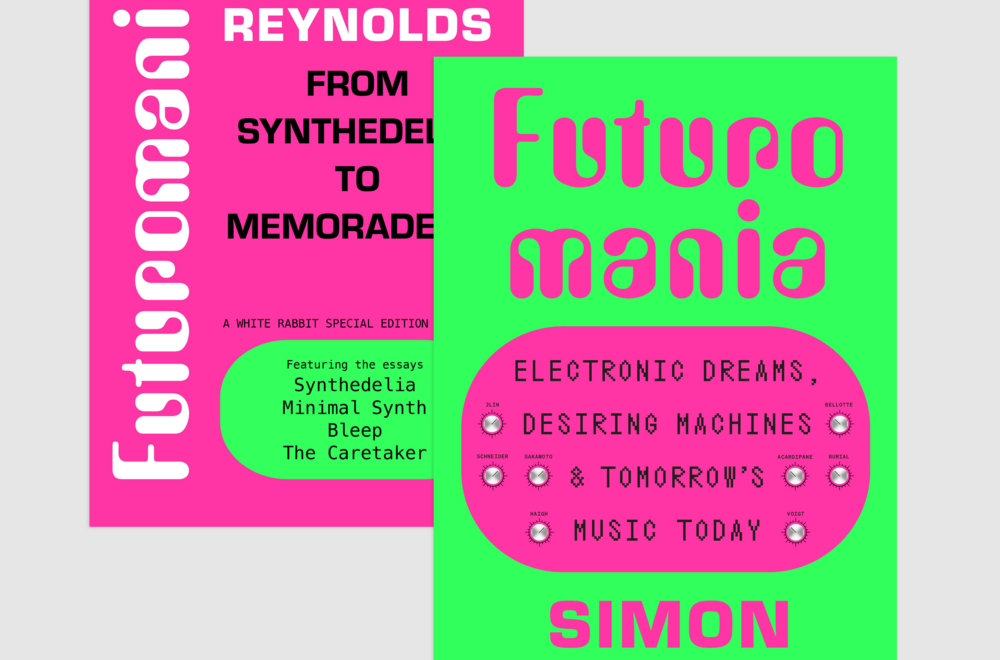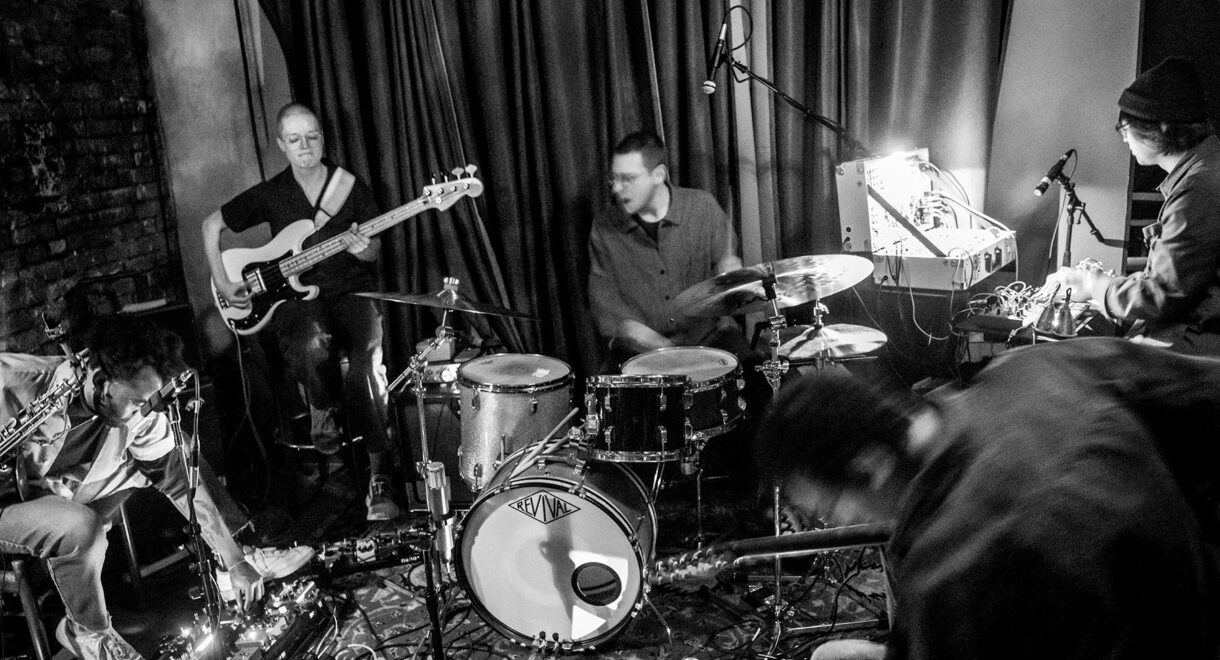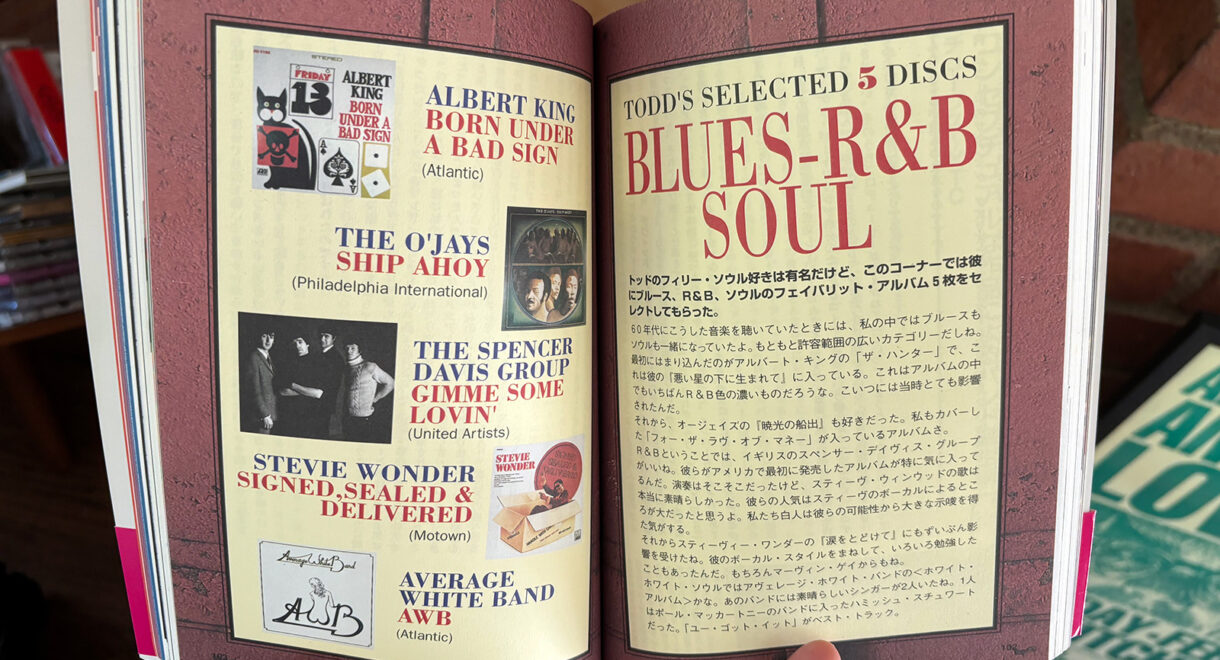The summer is halfway over and you’ve been scrolling for like, what, six weeks straight now? Step away from your phone (after reading this, of course). An analog […]
ECM Records: A primer for an evening of dedicated listening at ISC NYC

Join our ECM Dedicated Listening at In Sheep’s Clothing NYC today from 3-7pm!
On Monday at our new location in Lower Manhattan, we’ll officially resume our regular programming for dedicated listening sessions. The sessions, which were a highlight of our first space in LA’s Arts District, will occur weekly during the daytime hours (3-7pm) and will features classics and rarities from our in-house record collection. Some sessions will be themed around a genre or artist. Others will be presented as a selection of albums that we simply enjoy and want to hear together in one sitting. As usual, we’ll be playing full album sides and encouraging attendees “to hear more, say less.”
As ISC’s Phil Cho noted in an earlier post: One new element we’ll be introducing with this series is inspired by listening sessions we experienced this past year at Chee Shimizu‘s Physical Store in Tokyo. Similar to his highly influential Obscure Sound disc guide, Chee wrote detailed and highly informative descriptions behind each selection played during the listening session. The write-ups were printed out on beautifully designed card stock and proved to be the perfect listening companion allowing attendees to dive deeper into the music with minimal speaking or lecturing. It was all about the music.
In addition to the card stock hard copies, we’re including expanded information here so that anyone with a notion can join along with their own Monday dedicated listen.
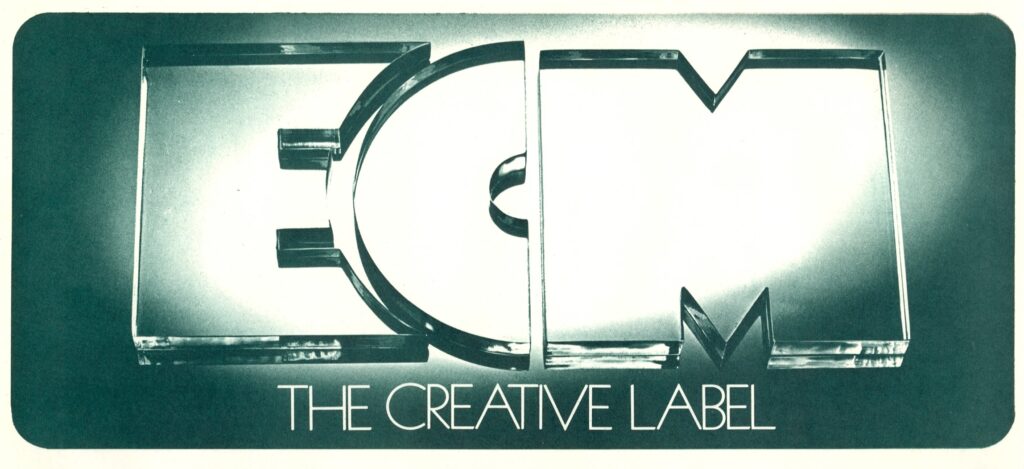
I always wanted the label to stand for music that endures, and I thought the best way to do this was through the quality of the sound and the quality of the production. — ECM Records co-founder Manfred Eicher to JazzTimes
Since its debut release in 1970, a cassette by alto sax player Marion Brown, Edition of Contemporary Music (ECM) has issued work that has defined late 20th and early 21st century jazz, new music and studied esoterica.
Among those who have recorded for ECM are some of the greatest musical minds of the last 53 years. We’re listing a lot of them because the weight of the roster is so heavy.
Stumped on what to listen to on a Monday morning? Take your pick and you’ll likely get consumed: Keith Jarrett, Meredith Monk, Arvo Pärt, Jan Garbarek, Pat Metheny, Chick Corea, Anouar Brahem, Ralph Towner, Eberhard Weber, Terje Rypdal, Kenny Wheeler, Enrico Rava, John Surman, Dave Holland, Paul Bley, Steve Kuhn, Gary Burton, Jack DeJohnette, Tomasz Stanko, Norma Winstone, Julia Hülsmann, Vijay Iyer, Tomasz Stańko, Anja Lechner, Egberto Gismonti, Tomasz Stanko, John Abercrombie, Arild Andersen, Joe Lovano, John Scofield, Avishai Cohen, Carla Bley, Ralph Alessi, Bill Frisell, John Surman, and Django Bates.
“Our approach has always been to trust the musicians and to give them the opportunity to present their music in the best possible way,” Eicher told the Financial Times in 2018. “It is not about packaging them in a commercially attractive way but rather trying to capture the essence of their music.”
Eicher on ECM’s philosophy and approach to music:
In the search for new possibilities of expression, it’s important to strike a balance between the familiar and the unknown, between tradition and innovation. I’ve always tried to make ECM a place where artists feel free to explore, where they can feel at home with their projects.” — interview with The New Yorker, 2013.
To get a sense of the communal approach that ECM fostered in one corner of their universe, read what Eberhard Weber wrote in 2021 about learning that his longtime collaborator Lyle Mays had just released an album called Eberhard.
To begin with: A very young American guitarist, named Pat Metheny, played together with me in one of Gary Burtons quintets. It was around 1977 when Pat decided to leave Gary’s band in order to form his own group. The members were already known and agreed to participate in Pats new formation: on piano Lyle Mays, on drums Danny Gottlieb, on bass Mark Egan, who wasn’t available yet when ECM offered a recording session in Germany. So it was me who asked Pat to join the group for the recording. And the fairy tale became true: I met Lyle Mays, the extraordinary new American piano player. I liked every note he played during that recording session, called Watercolors.
Weber continues:
Meanwhile I had started my own recording career, of course also with ECM, starting with The Colours of Chloë. I am known for having an obsession, not to repeat the sound or personnel of previous CDs. So it was only logical, that I had to find another piano player than my then preferred German Rainer Brüninghaus for a special project. So I decided to ask on drums Michael DiPasqua, on guitar Bill Frisell, on oboe Paul McCandless and – of course – on piano my new favorite Lyle Mays.
Weber’s The Colours of Chloë is among the many jewels in our stacks at ISC NYC. Here’s the record’s entry, as found in our collection, followed by another gem from ISC NYC, the sublime Fluid Rustle.
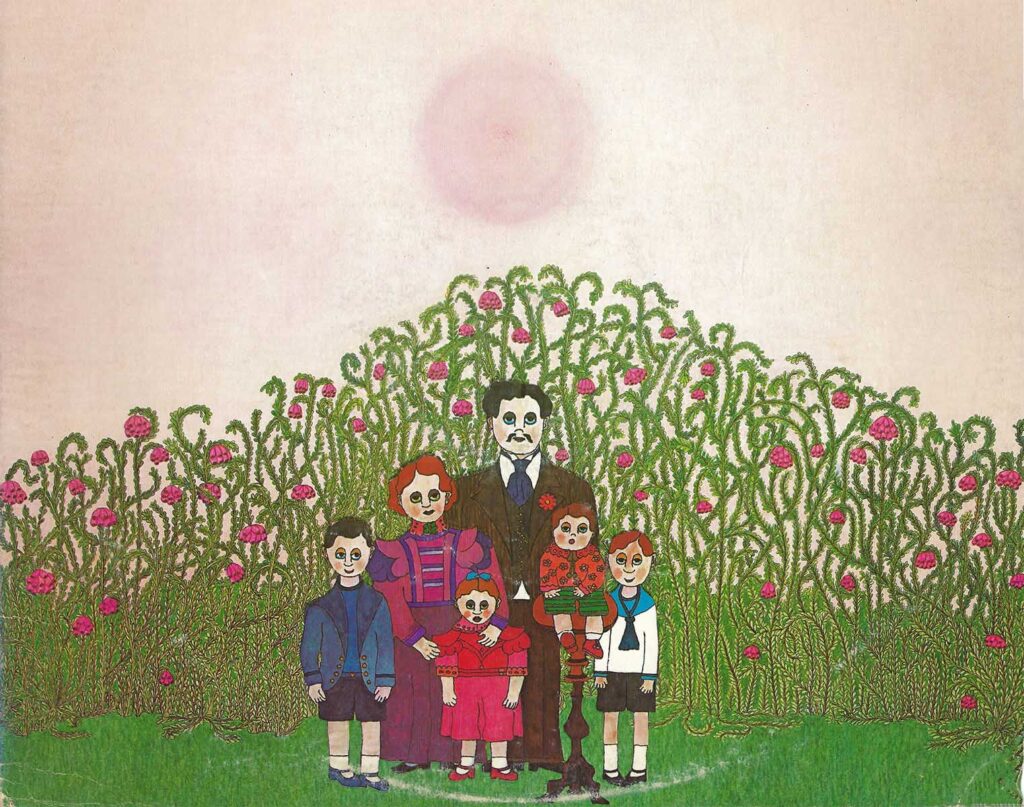
Eberhard Weber – The Colours of Chloë
The Colours Of Chloë showcases upright bassist Eberhard Weber’s mastery of composition, space, ambience, emotion, and his instrument. This is fusion in the fullest sense, but, unlike most music in the genre, there’s no showboating here. Weber only takes the lead when the track calls for it. Call it “ambient jazz,” if you will (there’s one YouTube video out there with that exact text), but there’s a beauty from beyond here that doesn’t require genre distinctions. (Taken from ISC’s collection entry.)
Tracklist:
A1 More Colours
A2 The Colours Of Chloë
A3 An Evening With Vincent Van Ritz
B No Motion Picture
Credits:
Bass, Cello, Ocarina, Composed By – Eberhard Weber
Choir – Eberhard Weber, Gisela Schäuble
Design [Cover Design] – Maja Weber
Drums – Ralf Hübner (tracks: A2)
Drums, Percussion – Peter Giger
Engineer – K. Rapp, M. Wieland
Flugelhorn – Ack Van Rooyen
Layout – B & B Wojirsch
Photography By – Kira Tolkmitt
Piano, Synthesizer – Rainer Brüninghaus
Producer – Manfred Eicher
Strings [Cellos] – Südfunk Symphony Orchestra Stuttgart
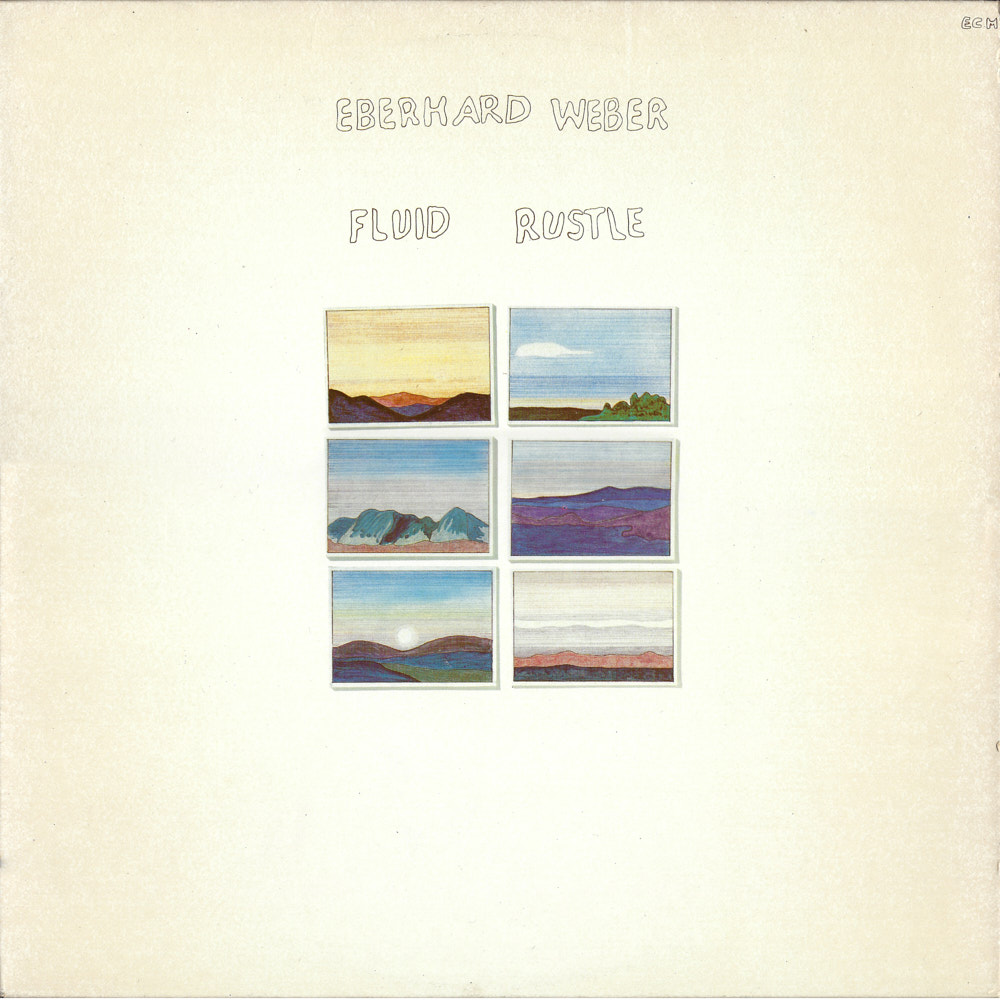
Eberhard Weber – Fluid Rustle
If you visited our listening bar in the Arts District in the early daylight hours, there was a good chance you’d walk in to Fluid Rustle. Hands down the most played record in that room and remaining to this day our collective favorite, it’s the one that set it all off. Featuring a stellar lineup that includes Bill Frisell on guitar and balalaika, Gary Burton on vibes and marimba, and colored by the stunning euphoric harmonies of Bonnie Herman and Norma Winstone on vocals, Fluid Rustle is an indescribable masterpiece of ethereal beauty – and Weber at his most butterfly-wing delicate. (Taken from ISC’s collection entry.)
Tracklist:
A Quiet Departures
B1 Fluid Rustle
B2 A Pale Smile
B3 Visible Thoughts
Credits:
Bass, Tarahg, Composed By – Eberhard Weber
Design – Maja Weber
Engineer – Martin Wieland
Guitar, Balalaika – Bill Frisell
Photography By – Signe Mähler
Producer – Manfred Eicher
Vibraharp, Marimba – Gary Burton
Voice – Bonnie Herman, Norma Winstone
Those who only know Pat Metheny from their guitar-worshipping uncle’s constant raving — Metheny was one of the biggest jazz artists of the 1980s — are forgiven for first exploring the less obvious names in ECM’s catalog. You shouldn’t wait. There’s a reason why Metheny has sold millions of records.
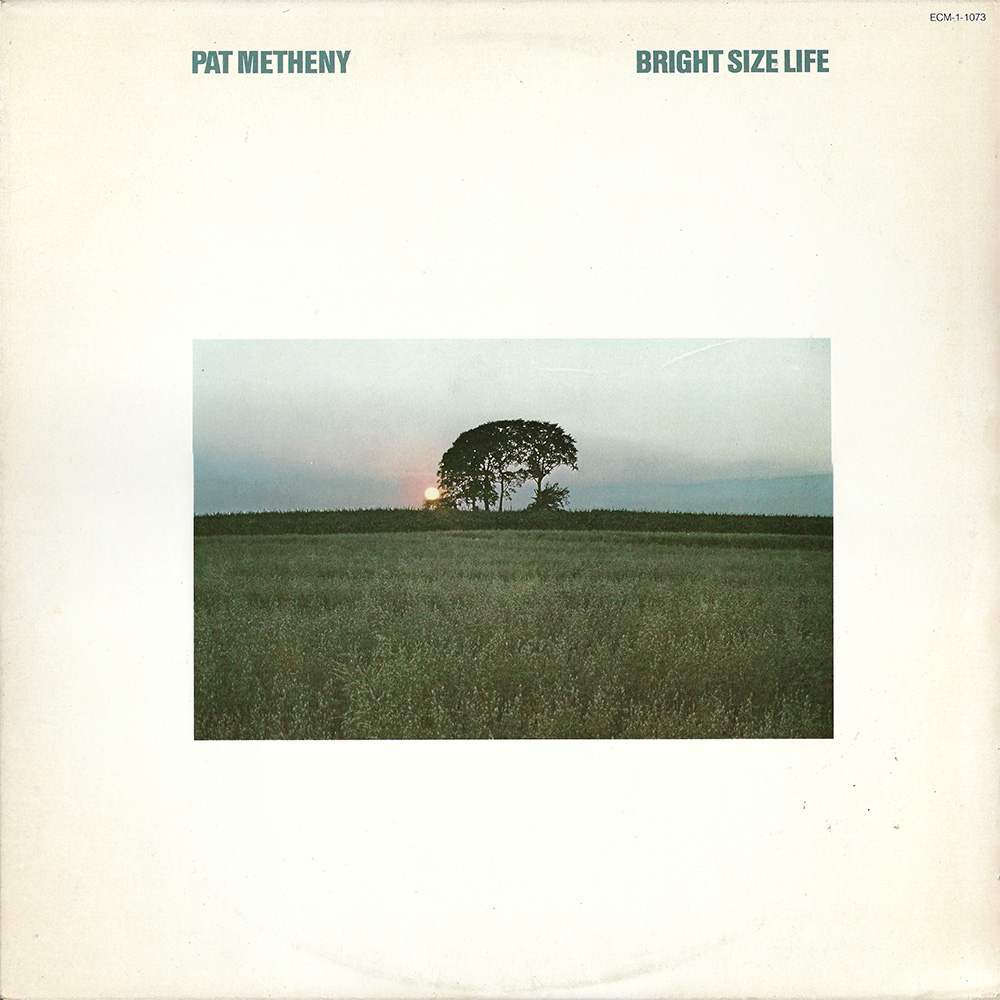
Pat Metheny – Bright Size Life
A free from jazz guitar record by a pioneer of the genre. Metheny plays with a carefree breezy dexterity here, yet manages to keep things tight with his tour de force power trio. Sometimes it feels as though he is playing on air, all the while maintaining his signature style just barely painting within the lines of traditional jazz structure. A young Jaco Pastorius stays on top of the groove with beautiful melodic bass playing while the drumming from the “veteran” of the group Bob Moses keeps things together maintaining a loose improvised feel that makes for an increasingly gratifying listen each time. The title track is the most popular cut, but don’t miss “Midwestern Night Dream” for the record’s most haunting and delicate work. (Taken from ISC’s collection entry.)
Tracklist:
A1 Bright Size Life
A2 Sirabhorn
A3 Unity Village
A4 Missouri Uncompromised
B1 Midwestern Nights Dream
B2 Unquity Road
B3 Omaha Celebration
B4 Round Trip / Broadway Blues
Credits:
Guitars- Pat Metheny
Bass- Jaco Pastorius
Drums- Bob Moses
“I don’t even know anymore how many records we have made together,” Eicher told Qobuz in an interview regarding his longtime friend Keith Jarrett. “But looking at this collection retrospectively, it was quite an amazing achievement. The continuity! Everything down to continuity! This is where you can create new things and develop them.”
Writer Ted Goia on Eicher: “The only trend he follows is a rejection of trends. ECM may have laid the groundwork for the New Age music movement with The Köln Concert, and could have made a king’s ransom (at least for a few years) if Eicher had followed up with albums of meditation or moody ambient music, but this never happened—and for the simple reason that the label always ignores changing fads and fashions. By the same token, ECM recorded seminal projects in minimalist music, jazz-rock fusion, and other new styles at a time when these were in their ascendancy, but never tried to build on that momentum.”
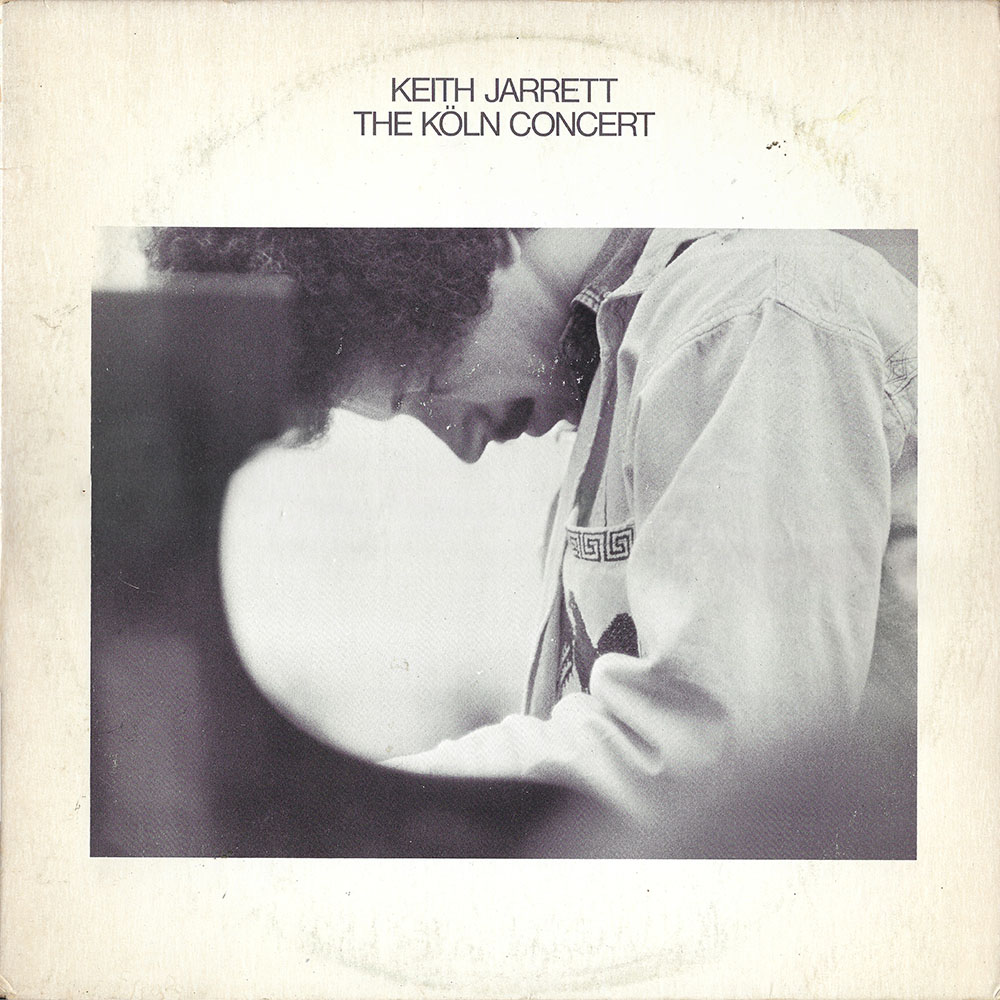
Keith Jarrett – The Köln Concert
The best-selling album in the ECM catalog, The Köln Concert is one of the all-time great solo piano performances captured live. Fully improvised without any prior planning, Keith Jarrett’s hour-long performance is filled with magic in not just his playing but in the circumstances surrounding the recording. On a cloudy day in Cologne, Jarrett arrived at the opera house exhausted after a long drive and days of poor sleep to discover the piano he was to use was a barely playable baby grand typically used for rehearsals. At first refusing to play, Jarrett ultimately went through with it because the recording equipment was already set up. The rest is history… From the ECM Review: “This album is a lullaby for anyone who has no need for slumber, and Jarrett’s heartfelt voice explicitly conveys the rapture of living in the moment, his vocal interjections enhancing the “live” feel considerably and making for an even more visceral document.” (Taken from ISC’s collection entry.)
Tracklist:
A Köln, January 24, 1975 Part I
B Köln, January 24, 1975 Part II A
C Köln, January 24, 1975 Part II B
D Köln, January 24, 1975 Part II C
Credits:
Design [Cover] – B & B Wojirsch
Engineer – Martin Wieland
Lacquer Cut By – RL*
Photography By – Wolfgang Frankenstein
Piano, Composed By – Keith Jarrett
Producer – Manfred Eicher
Goia on Eicher: “Frankly, I doubt that ECM has ever commissioned audience market research or conducted a focus group—a waste of time, Eicher would probably say, for an arts organization that leads rather than follows. But if the label did survey customers, it would merely learn that this immunity to trends actually enhances its allure.”
Eicher certainly didn’t survey the public before issuing John Abercrombie’s wildly underrated album Timeless.
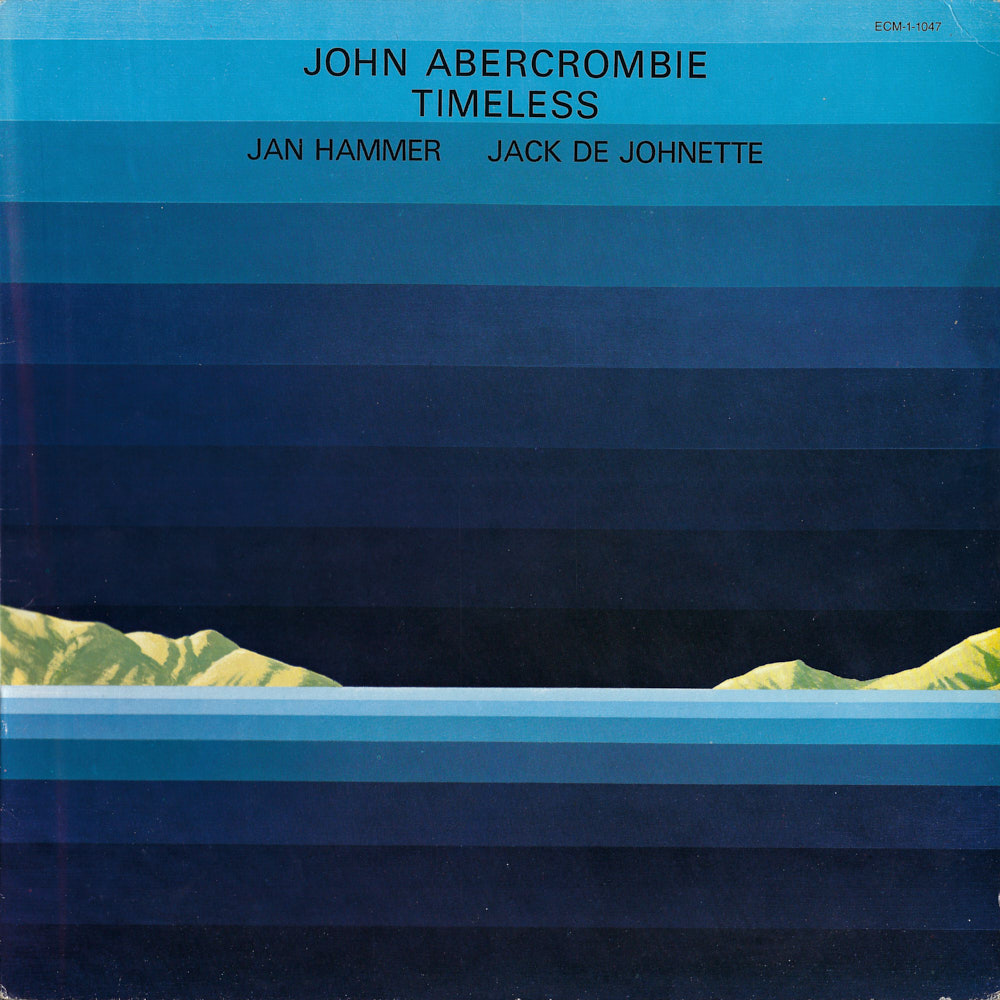
John Abercrombie – Timeless
John Abercrombie’s first album as a band leader was, in his own words, originally conceived as an “organ record.” The product of persistent nagging from Eicher, Abercrombie enlisted close friend and former roommate Jan Hammer to play hammond organ alongside his then-bandmate, drummer John De Johnette. Timeless takes Hammer’s fast paced fusion influence of playing with the recently disbanded Mahavishnu Orchestra and combines it with recordings written by Abercrombie on a tape recorder given to him by Eicher to create a jazz record unlike any other of the time. (Taken from ISC’s collection entry.)
Tracklist:
A1 Lungs
A2 Love Song
A3 Ralph’s Piano Waltz
B1 Red And Orange
B2 Remembering
B3 Timeless
Credits:
Composed By – Jan Hammer (tracks: A1, B1), John Abercrombie (tracks: A2, A3, B2, B3)
Design [Cover Design] – Rolf Liese
Drums – Jack DeJohnette
Engineer – Tony May
Engineer [Mixing Engineer] – Jan Erik Kongshaug
Guitar – John Abercrombie
Organ, Synthesizer, Piano – Jan Hammer
Photography By – Roberto Masotti
Producer – Manfred Eicher
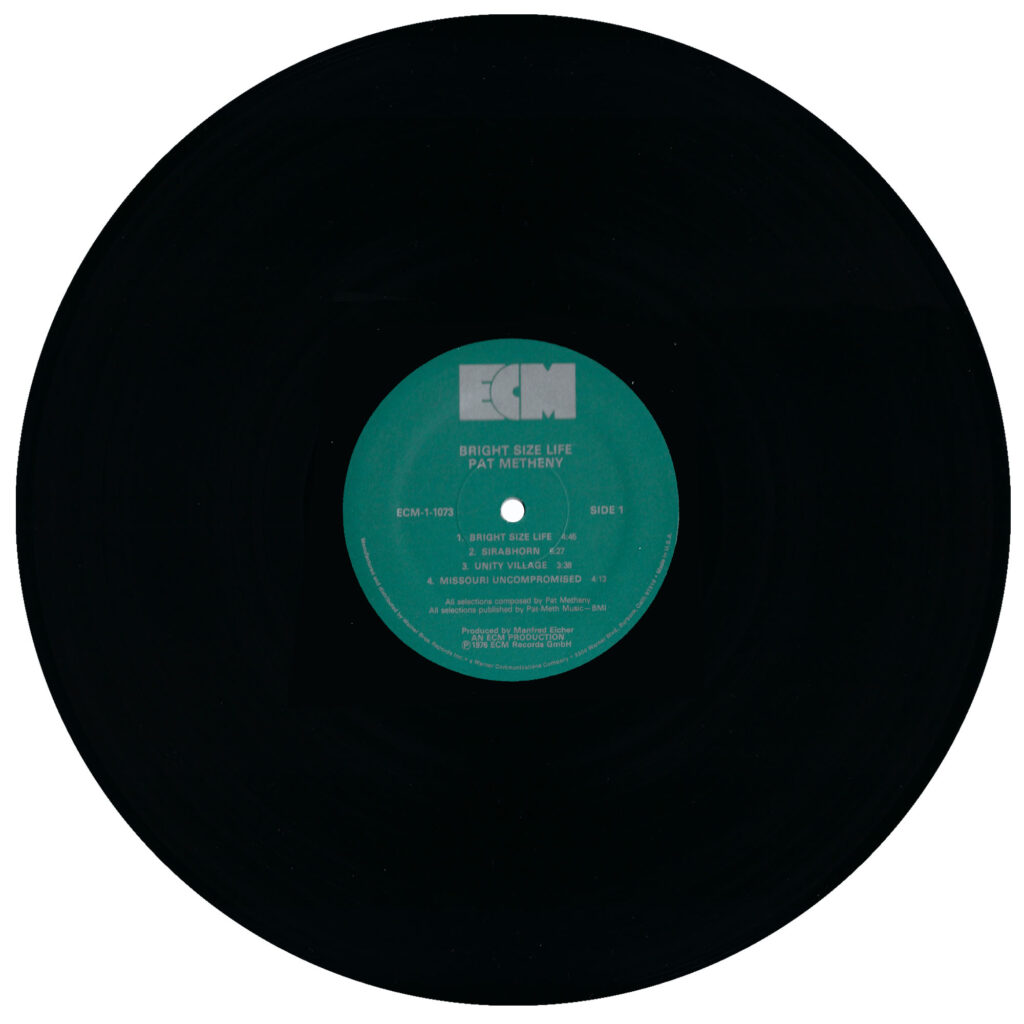
“I wanted to approach the recording in a different way, to record jazz in some kind of chamber music mode, like you might a string quartet, for example,’ Eicher told the Irish Examiner in 2017. ‘There was something missing in the recordings I was hearing: a certain air in the music, a sense of space. For me the technical side was not as important as the idea of creating an aura or atmosphere, of finding poetry in the music.”
For a killer overview of ECM’s output, you should check out Aquarium Drunkard’s three-part series:
Part 1: https://aquariumdrunkard.com/2018/08/06/the-aquarium-drunkard-guide-to-ecm-records/
Part 2: https://aquariumdrunkard.com/2018/11/05/aquarium-drunkard-guide-to-ecm-records-second-installment/
Part 3: https://aquariumdrunkard.com/2019/02/13/aquarium-drunkard-guide-to-ecm-records-the-new-millennium/




